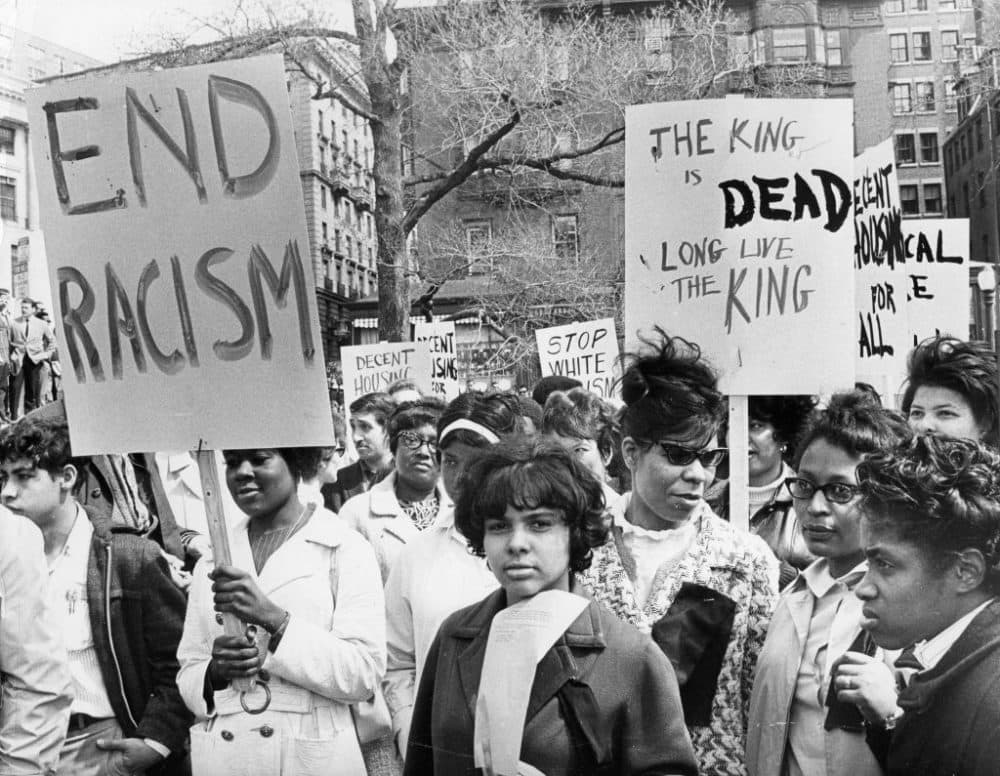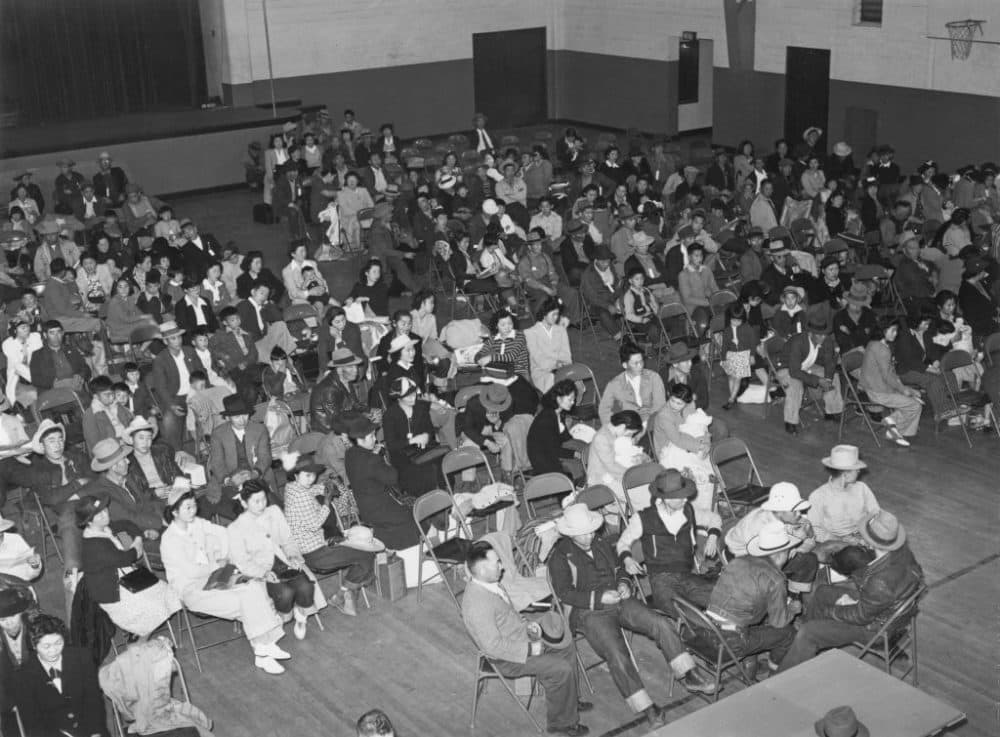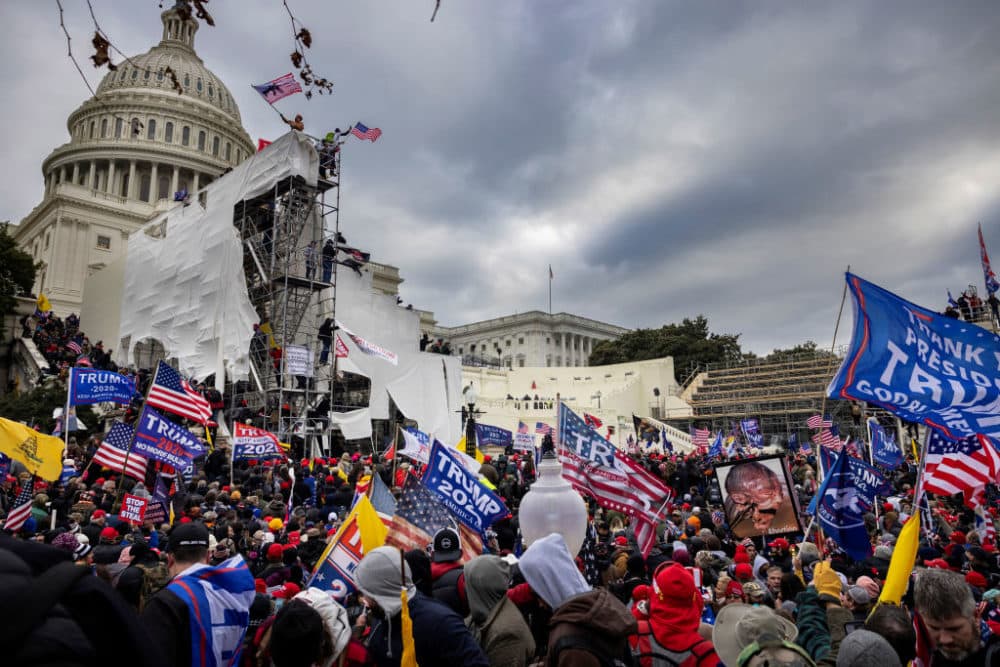Advertisement
Commentary
'There Is Grave Danger In Proscribing The Narrative': Teaching America's Complicated History

Given the widening fractures in our culture in recent years, it is little wonder that we’ve now become embroiled in a contentious debate about the history we should teach our young people (see here: "Where Critical Race Theory Is Under Attack"). The debate centers around our collective narrative about our past; if together we courageously face our history, we will better understand who we are as a nation, and how we have come to this moment of reckoning.
Over a year ago, it has seemed as though we were living through another historic moment every 15 minutes. Wise students of history can point to earlier times when we’ve experienced similar events:
At the start of the pandemic, we all learned about the 1918 flu pandemic, its economic aftermath, and the beginnings of public health policies and practices we recognize from the current pandemic.
Protests for racial justice after George Floyd’s murder immediately recalled historical scenes from the Civil Rights Movement of the 1960s, as well as recollections of the haltingly slow advances of crucial social movements.
The rise of violence against Asian Americans — spurred on by those who called COVID-19 the “China virus” — recalls enactment of the Chinese Exclusion Act of 1882 to prevent Asian immigration; it also recalls the bigotry during the World War II-era that led the U.S. to create Japanese-American incarceration camps.
The persistence and uptick in vicious acts of antisemitism worldwide have historians looking toward models in the rise of antisemitic laws and practices in Weimar Germany just before World War II and the Holocaust.

Our nation’s history is replete with examples of leadership, determination and courage that brought us through these events and others, where people made choices that created challenging and damaging historical legacies.
I am heartened to see so many in our community who are passionate about getting the history right. But there is grave danger in proscribing the narrative, especially if the curriculum excludes painful but important aspects of the factual record. Teachers and students should be given the opportunity to survey all of the facts as they go through the complex process of co-constructing an authentic narrative of our past.
We imperil our nation and jeopardize its continued growth and development if we fail to confront and learn from the entirety of the American experience — no matter how painful or uncomfortable some parts of it may be. For example, previous government decisions about redlining, or the very complex history of relations between communities of different racial religious, and socio-economic backgrounds, provide important lessons in how difficult people find it to extend their universe of connection and responsibility beyond their ken.
Advertisement
[T]he whole story of a nation cannot be well-told in pieces or from a single viewpoint.
The organization I lead, Facing History and Ourselves, believes, now as always, that the whole story of a nation cannot be well-told in pieces or from a single viewpoint. Indeed, America’s traditional motto, “E pluribus unum” (“Out of many, one”), suggests a fundamental truth that a stronger and more resilient American narrative must include the unique experiences of the individuals and communities that make up our nation. Living up to this motto demands the fullest and richest historical narrative we can craft, including a recounting of the prior events, individuals’ choices, political and economic movements, and social structures that affect us today.
Facing History helps educators across the country see history as full of nuance and subtlety so that they are better prepared to bring it to their students. The teachers we work with want their students to learn facts and timelines, tease out causes and effects, because at some point in the future those students likely will need to apply their learning when choosing how they will participate in important civic moments. Our students — future citizens and leaders — must hone the ability to switch back and forth between legitimate interpretive frames; for example, the real question isn’t whether the nation began in 1619 or in 1776, but rather what new insights alternating between those frames might give students who are learning about our nation’s origins.
Students should learn to ask a spectrum of questions about the beginnings of American political independence: not only about what economic systems, social structures and constitutional compromises shaped the early nation; but also about disproportionate and long-lasting effects of chattel slavery on the wealth of African Americans; about health and economic disparities uncovered during this past year’s pandemic and linked to legacies of unequal access for traditionally marginalized communities; about the effects of poor working conditions and under-compensated labor that has often characterized the lives of migrant farmworkers.

Exploring such questions prepares students for a complex analysis of events that transpired long after the nation’s founding. Students who had learned about the history of populist rhetoric and violence in the past, for example, were far better equipped to understand what happened during the January 6 insurrection at the U.S. Capitol and the months-long run-up to it.
These are challenging questions; this is hard history to teach.
A truly patriotic accounting of U.S. history will reveal both high and low moments: it will point out moments where ideals gave way to pernicious actions, whether racism, xenophobia, religious intolerance, or other forms of bigotry. It will also focus on the manifold advances our democracy enshrines, as well as the uplifting aspirations of the founders of today’s nation — from Washington and Jefferson to King and Parks.
In the end, we now find ourselves in a national conversation about history, but most certainly in unfortunate venues and with ill-suited protagonists. Across our nation, skilled educators are standing at the ready, as they always have, poised to foster the rigorous historical thinking, interpersonal awareness, and ethical reflection that these conversations require.
Our discourses would be far richer if we empowered their leadership as educators in the classroom and in this debate. Our nation’s history deserves nothing less.
